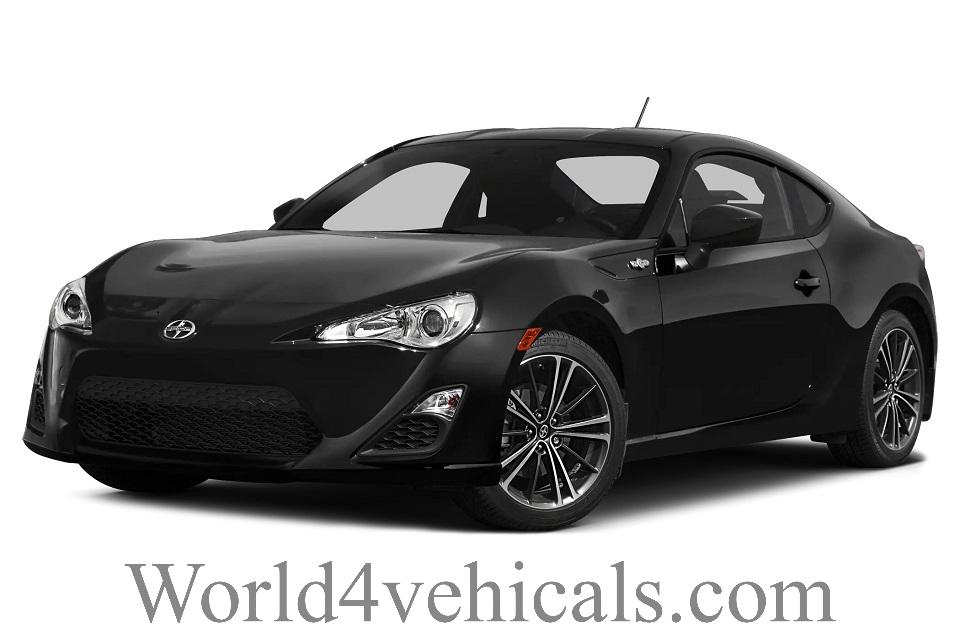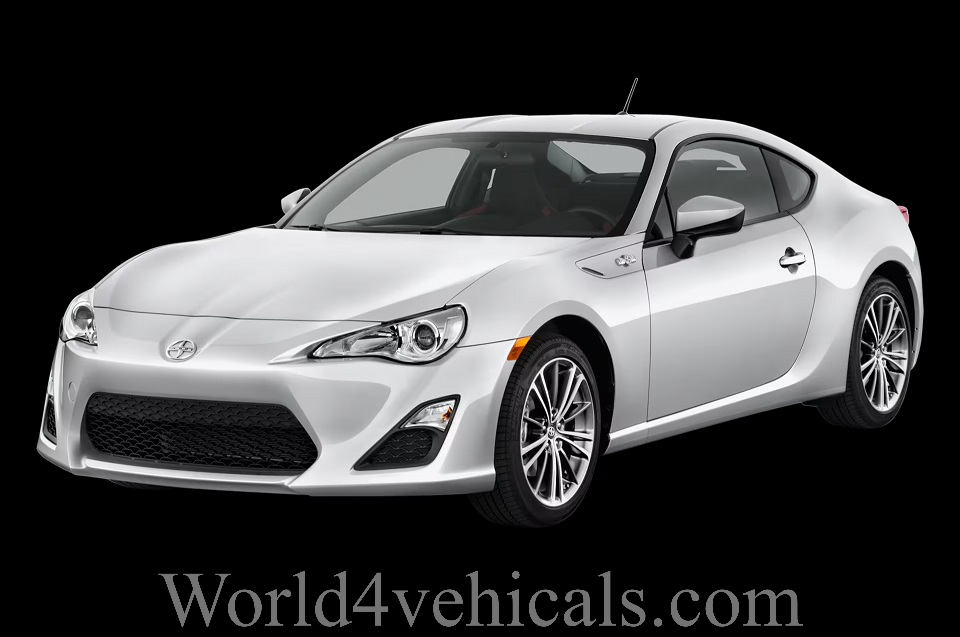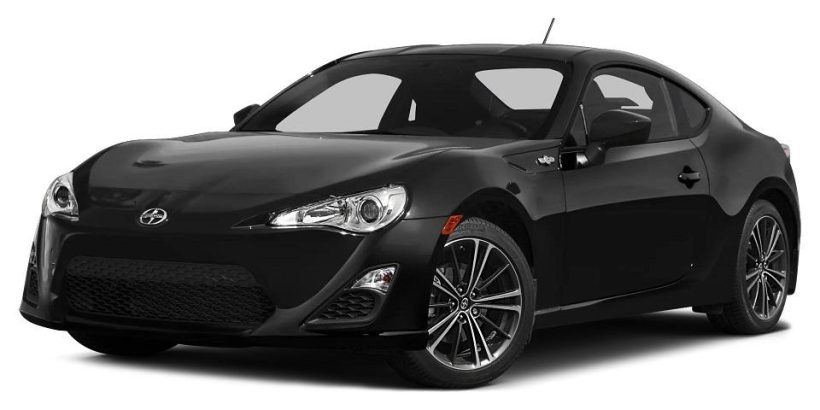Introduction
The Scion FR-S stands as a compelling example of an affordable, lightweight sports coupe engineered for driving enthusiasts. Developed through a strategic collaboration between Toyota and Subaru, the FR-S belongs to the globally recognized Toyota 86/Subaru BRZ lineage. With its front-engine, rear-wheel-drive layout, low center of gravity, and precise handling characteristics, the FR-S delivers an engaging driving experience that appeals to both amateur and experienced drivers. This analysis explores the vehicle’s development, technical specifications, performance attributes, aftermarket potential, and its lasting legacy.

Development and Market Positioning
Introduced in 2012, the Scion FR-S was Toyota’s effort to reintroduce a lightweight, driver-focused sports car reminiscent of past icons such as the Toyota AE86 Corolla. The FR-S was designed with an emphasis on balance, agility, and affordability, aligning with the principles of a purist sports car. In North America, the model was marketed under Toyota’s Scion sub-brand, which targeted a younger demographic with vehicles that emphasized customization and accessibility.
Following Scion’s discontinuation in 2016, the FR-S was rebranded as the Toyota 86 for the 2017 model year, solidifying its integration into Toyota’s global performance vehicle lineup. Despite its relatively short production cycle under the Scion name, the FR-S established itself as an entry-level sports car with a strong aftermarket presence and remains a favorite among enthusiasts.
Powertrain and Performance Dynamics
The Scion FR-S features a 2.0-liter naturally aspirated flat-four (boxer) engine, designated the FA20, co-developed by Subaru and Toyota. This engine configuration is advantageous due to its low placement within the chassis, contributing to the vehicle’s near 50/50 weight distribution and low center of gravity.
Engine and Transmission Specifications:
- Displacement: 2.0L (1998 cc)
- Power Output: 200 hp @ 7,000 rpm
- Torque: 151 lb-ft @ 6,400 rpm
- Compression Ratio: 12.5:1
- Fuel Injection System: Toyota’s D-4S direct and port fuel injection
- Transmission Options:
- Six-speed manual transmission with short-throw gearing for enhanced driver engagement
- Six-speed automatic transmission with paddle shifters and a rev-matching downshift mode
Despite its relatively modest power figures, the FR-S excels in delivering an exceptional handling experience. Its lightweight chassis (2,800 lbs), rear-wheel-drive configuration, and well-calibrated suspension contribute to a highly responsive driving dynamic. While acceleration is not its strongest suit, the car’s low curb weight and well-balanced handling characteristics make it an ideal choice for autocross, track days, and spirited driving.
Driving Dynamics and Performance Metrics
- 0-60 mph: ~6.4 seconds (manual), ~7.0 seconds (automatic)
- Top Speed: 136 mph
- Quarter-Mile Time: ~14.9 seconds
- Fuel Economy: 22/30 mpg (city/highway)
While some drivers criticize the FA20 engine for its lack of low-end torque, its high-revving nature provides an engaging and rewarding experience when driven aggressively.
Chassis, Suspension, and Handling Characteristics
The FR-S was engineered with a rigid yet lightweight chassis, optimizing handling precision and cornering stability.
Suspension System:
- Front: MacPherson strut setup, enhancing steering feedback
- Rear: Independent double-wishbone suspension, ensuring controlled articulation during aggressive driving
- Stabilizers: Front and rear stabilizer bars for improved lateral stability
Braking System and Tires:
- Brakes: 11.6-inch ventilated front discs / 11.4-inch rear discs
- Stock Tire Size: 215/45R17, emphasizing a balance between grip and drivability
- Steering: Electric power-assisted rack-and-pinion steering, providing precise input and linear response
With an approach tailored towards handling rather than outright speed, the FR-S is widely praised for its predictable and engaging driving dynamics. Its limited-slip differential (LSD) enhances traction and cornering performance, making it suitable for spirited driving and track applications.
Aerodynamics and Exterior Design
The exterior styling of the Scion FR-S is both functional and aesthetically appealing, incorporating aerodynamic enhancements to reduce drag while maintaining downforce stability.
Design Highlights:
- LED-accented headlights and taillights for modern visual appeal
- Short wheelbase (101.2 inches) for improved maneuverability
- Aggressive front fascia with large air intakes, optimizing engine cooling
- Dual exhaust outlets, enhancing both aesthetics and engine acoustics
The FR-S’s lightweight body structure contributes to fuel efficiency and performance, allowing it to strike an optimal balance between practicality and sportiness. This design philosophy makes it a strong competitor in its segment, often compared to the Mazda MX-5 Miata, Ford Mustang EcoBoost, and Honda S2000.
Interior and Driver-Focused Ergonomics
While the interior of the Scion FR-S prioritizes functionality over luxury, it is well-designed to cater to the needs of driving enthusiasts.
Notable Interior Features:
- Supportive bucket seats designed for lateral grip during high-speed cornering
- Leather-wrapped steering wheel for enhanced grip and tactile feedback
- Gauge cluster with a centrally positioned tachometer, reinforcing a race-inspired cockpit
- Touchscreen infotainment system (upgraded in later models to include Apple CarPlay and Android Auto)
- Minimalist dashboard layout, reducing distractions and emphasizing driver focus
While some may find the interior materials basic compared to premium sports cars, the driver-centric arrangement and ergonomic controls enhance the overall driving experience.
Market Perception, Reliability, and Common Issues
The Scion FR-S is generally considered reliable, benefiting from Toyota and Subaru’s engineering expertise. However, some common concerns have been noted:
- High-RPM Torque Deficiency: Some drivers report that the FA20 engine lacks low-end torque, affecting acceleration.
- Fuel Injector Noise: The D-4S fuel injection system produces an audible ticking sound, a normal but noticeable characteristic.
- Oil Consumption: Certain models exhibit higher-than-average oil consumption, necessitating regular monitoring.
Despite these minor drawbacks, proper maintenance and conservative driving habits contribute to the FR-S’s long-term dependability.

Aftermarket Potential and Modifications
A defining attribute of the FR-S is its extensive aftermarket support, making it a popular platform for modifications. Enthusiasts commonly enhance their vehicles through:
- Forced induction kits (turbochargers or superchargers) to overcome stock power limitations
- High-performance exhaust systems, improving airflow and auditory experience
- Suspension upgrades (coilovers, sway bars) for improved cornering capabilities
- Lightweight forged wheels, reducing unsprung mass and enhancing responsiveness
Given its strong enthusiast community and tunability, the FR-S remains a staple in motorsports and street performance circles.
Conclusion: Assessing the Legacy of the FR-S
Although the Scion FR-S is no longer in production, its impact on the affordable sports car market remains significant. With its balanced chassis, engaging driving dynamics, and tunability, the FR-S continues to appeal to enthusiasts seeking an accessible, performance-oriented coupe. Whether as a weekend track car, a daily driver, or a project build, the FR-S embodies the essence of a driver’s car—a machine designed to celebrate the art of driving.
